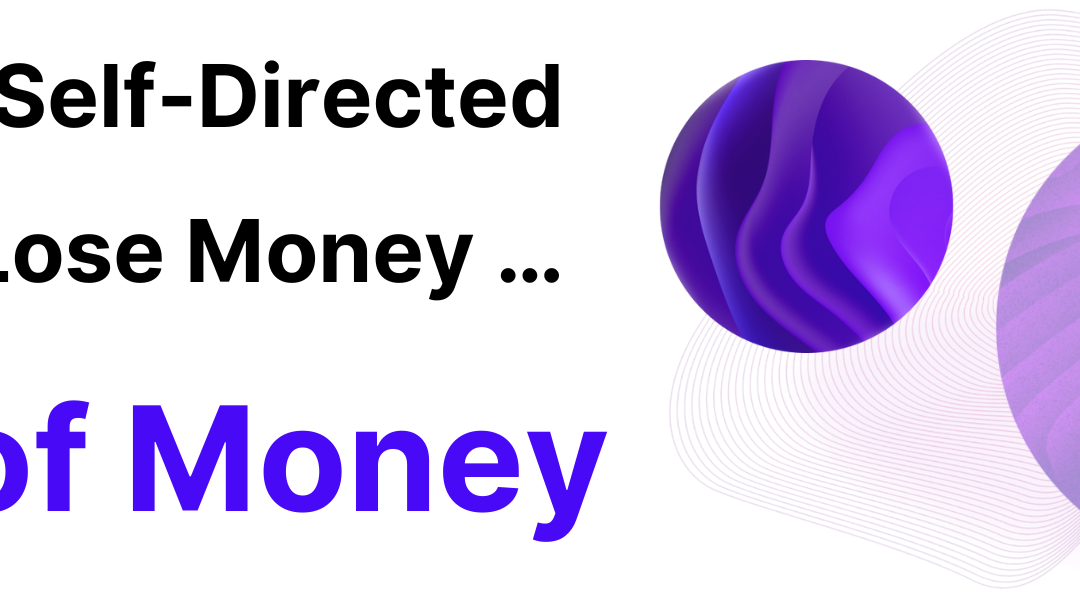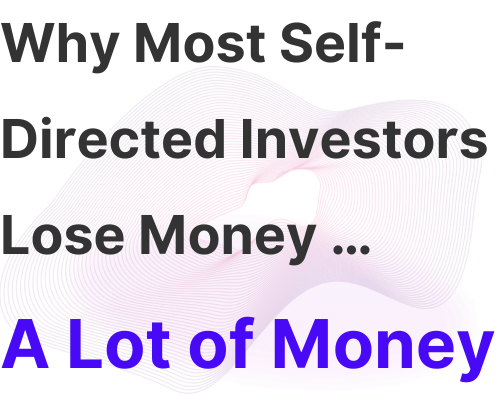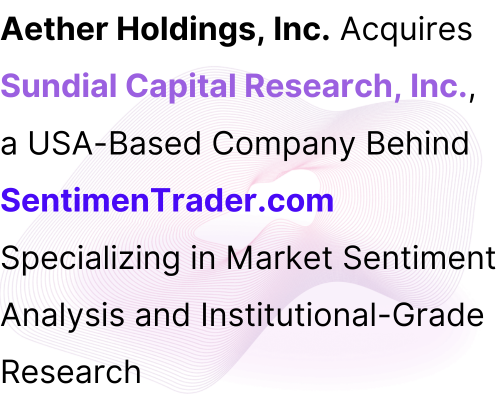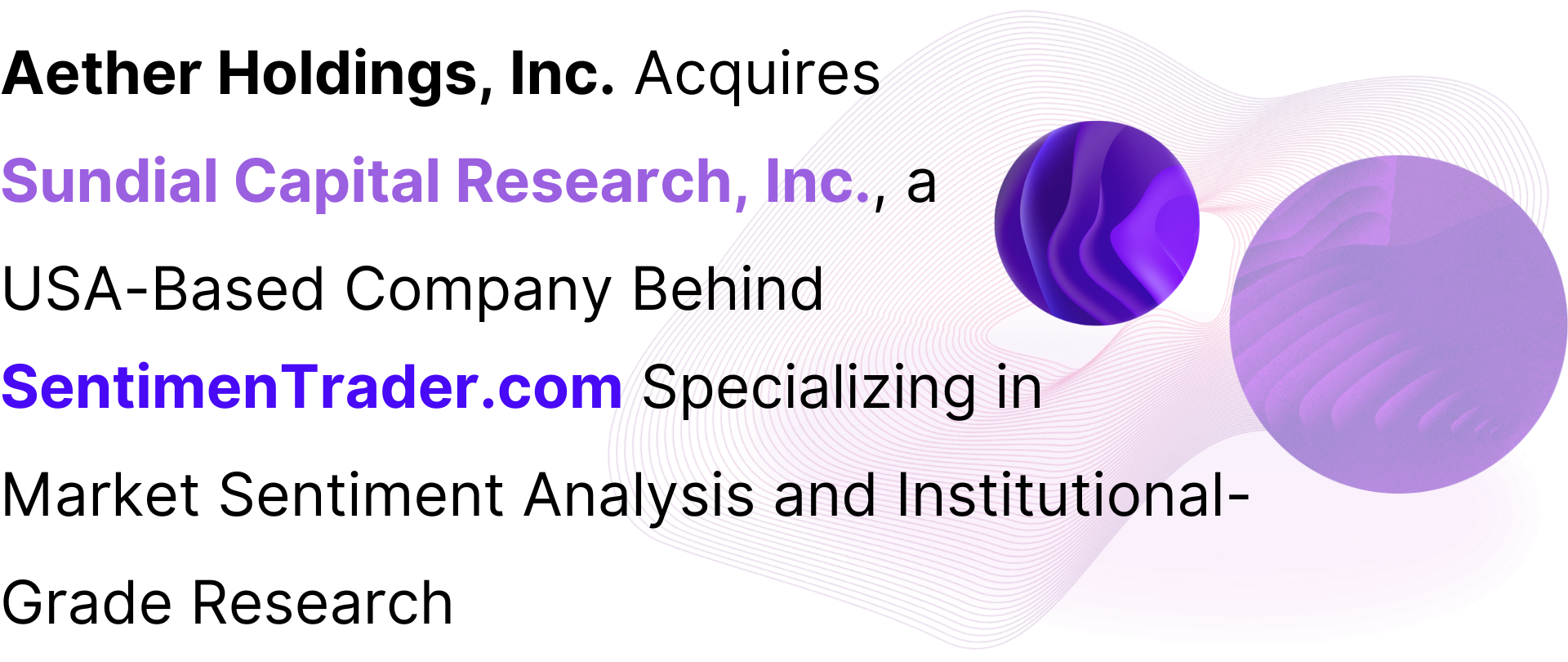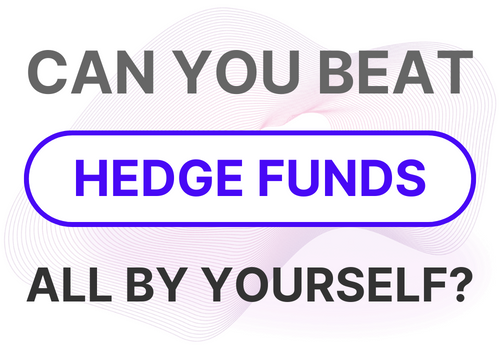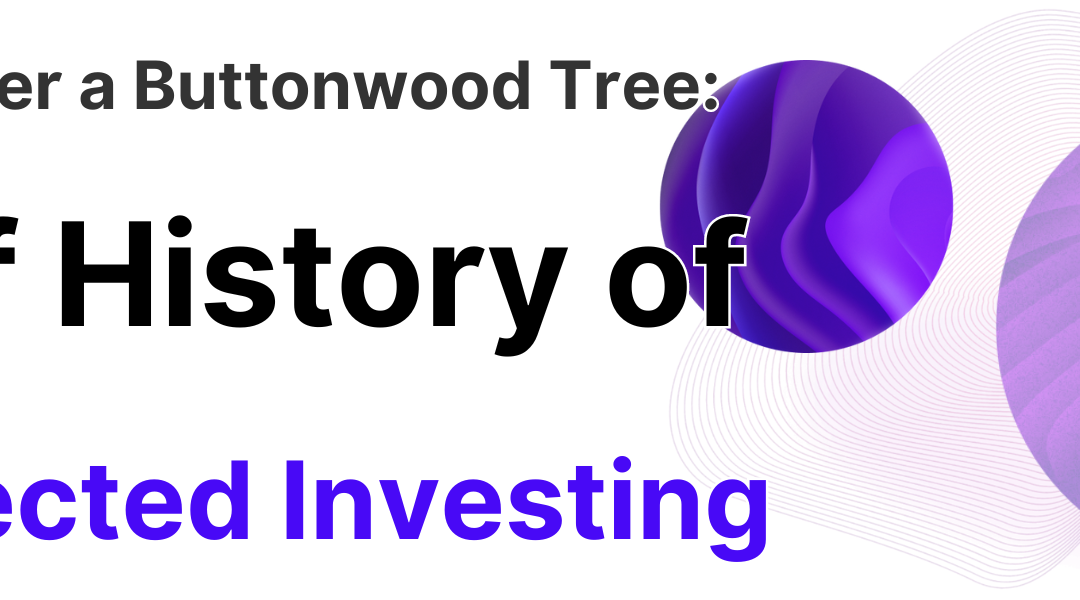
Sweating Under a Buttonwood Tree: A Brief History of Self-Directed Investing

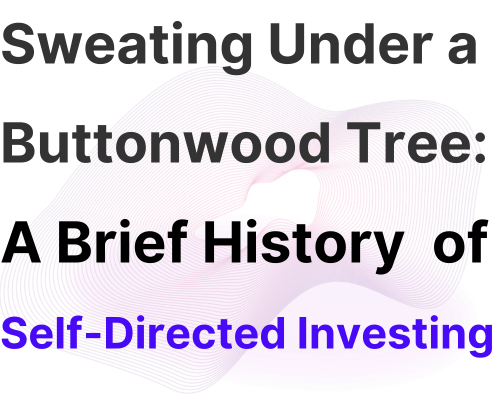
On a cool, late spring morning in 1792, two dozen stockbrokers sat in the shade of a buttonwood tree outside of 68 Wall Street, sweating.
Now, it may have been a lovely morning, but these “upstanding” fellows weren’t there to enjoy a cup of tea and good conversation, or to brag about how large their commissions for the month were.
No. These twenty-four stockbrokers gathered there to solve a big problem. Perhaps it was a self-created problem. A problem that, if not quickly remedied, could mean the destruction of their careers and the end of the US financial system as they knew it.
You see, just two months earlier, widespread panic began sweeping through the markets.
This panic, not all that unlike others to come, was triggered by rapid credit expansion, stock speculation, unscrupulous backroom brokering, bank runs and massive insider trading.
Nothing like this had happened before, and it led to our young nation’s very first financial crisis.
And…
Over the course of just a few short weeks, the price of US securities plummeted about 20%, as fear engulfed the system.[1]
Clearly, this event was devastating for our nascent economy, and shattering for those who once held confidence in our markets.
But luckily, although fortunes were lost, the crisis was short lived.
Thanks to Treasury Secretary Alexander Hamilton, who quickly stepped in and took control of the potentially devastating situation, contagion was averted, and our economy would get back on track.
However, although full-scale disaster was headed-off by the Treasury, the twenty-four brokers sitting beneath that tree were still sweating.
They knew that if something didn’t change within their “fraternity”, it could all end. All of it. Because if a similar crisis arose again, not only could it destroy our young nation this time…
But their fast-and-loose “practices” may be to blame.
You see, they most certainly knew that without, at the very least, some self-regulation and a solid rule book, their careers and the financial health of the US markets could be in peril.
So, sullen, sulking and sweating in the cool morning sun, they hammered out a document they believed would both help ensure more stable markets and, importantly, the future of their own livelihoods.
Their document read, “We the Subscribers, Brokers for the Purchase and Sale of the Public Stock, do hereby solemnly promise and pledge ourselves to each other, that we will not buy or sell from this day for any person whatsoever, any kind of Public Stock, at a less rate than one quarter percent Commission on the Specie value and that we will give preference to each other in our Negotiations. In Testimony whereof we have set our hands this 17th day of May at New York, 1792.”[2]
This is the Buttonwood Agreement.
It’s an 84 word “founding document” that helped ease us out of a crisis of confidence, forever altered how the U.S. capital markets operated, kept the brokerage business alive, and set rules upon how the “fraternity” conducted its business…
And, it led to the establishment of the New York Stock Exchange.
Now, since the crash of 1792, the subsequent actions of Alexander Hamilton and the formulation of the Buttonwood Agreement, our US markets and its operators have been responsible for the creation of untold trillions of dollars of wealth.
Today, our capital markets and their operators are the most successful and well-regulated on earth, and Wall Street has become accessible to just about everyone.
But for many of us, much of the “fraternity” is becoming a largely unnecessary relic of the past.
Enter The Self-Directed Investor
Way back in the early 1980’s, in Palo Alto, California, a physicist and inventor named Bill Porter had a fantastic idea.
This foresighted genius had already created an “online” securities quoting service called Trade*Plus, which provided quotes to Fidelity, Schwab and others. But he noticed something quite striking about what was happening all around him; the widespread adoption of the home PC.[3]
Realizing that someday everyone would have a computer at their fingertips, and the internet would indeed be “a thing”, he began wondering why he had to pay brokers hundreds of dollars in trade commissions, when he thought that he could make the trades himself, right through his own home computer…
Saving a lot of time and money.
So, with foresight in mind, he developed E*TRADE securities. It was one of the first all-electronic brokerages offering online trades directly to investors, at far lesser commission rates than traditional stockbrokers.
In 1992, almost 200 years to the day the Buttonwood Agreement was signed, E*TRADE became available to retail, self-directed investors; this was undoubtedly a seminal moment in investing history.
Right now, practically anyone with a smartphone and an online brokerage account can access US markets and self-direct their own investments.
And thanks to these tools, self-directed investing has become a massive part of both daily trade and daily dollar volume.
In fact, the self-directed, or retail investor market now makes up over 20% of all daily volume, with self-directed investors having surpassed over $7.2 trillion in trades.[4]
The world of investing has, clearly, drastically changed.
You see, because of computers, the internet, people like Bill Porter, and the availability of well researched and actionable information and trade ideas, many investors may no longer need stockbrokers or big banks to make investment choices for them.
Now, online brokerages still make commissions on trades today (some brokerages offer zero commission trades), and registered financial advisors are still needed, but as evidenced by the massive trade volume of retail investors, many self-directed investors no longer believe they need the advice, or stock ideas coming from “the pros.”
Instead, they seek and consume independent, well researched and actionable investment ideas they can trade on, by themselves.
And because of the democratization of information, and platforms like SentimenTrader, those ideas have become the cornerstone of successful, self-directed investing.
What was once under the control of a few possibly crooked stockbrokers huddled under a buttonwood tree in New York, trying to figure out a way to save their careers (and markets) …
Is now in control of us, the self-directed investor.
Of course, financial professionals and advisors are still an integral part of our markets, and many do offer some valuable advice and products…
And tons of folks rely on them.
But you may be surprised to know that because of well thought out and actionable research (like that available at SentimenTrader) …
Even professionals obtain and consume some of the very same ideas that are available to self-reliant, self-directed investors.
In fact, if you look at the testimonials of SentimenTrader subscribers, you may notice that some, if not many of the testimonials you’ll read on their website, come not only from self-directed investors…
But from Wall Street pros.
Which begs the question…
Why do Wall Street professionals use tools like SentimenTrader?
Well, why wouldn’t they?
[1] alexander_hamilton_central_banker.pdf (nyu.edu)
[2] sechistorical.org/collection/papers/1790/1792_0517_NYSEButtonwood.pdf
[3] Sidebar: A Brief History of ETrade | Computerworld
[4] From the Mailbag: ‘How does TiiCKER Create Community?’ | TiiCKER

